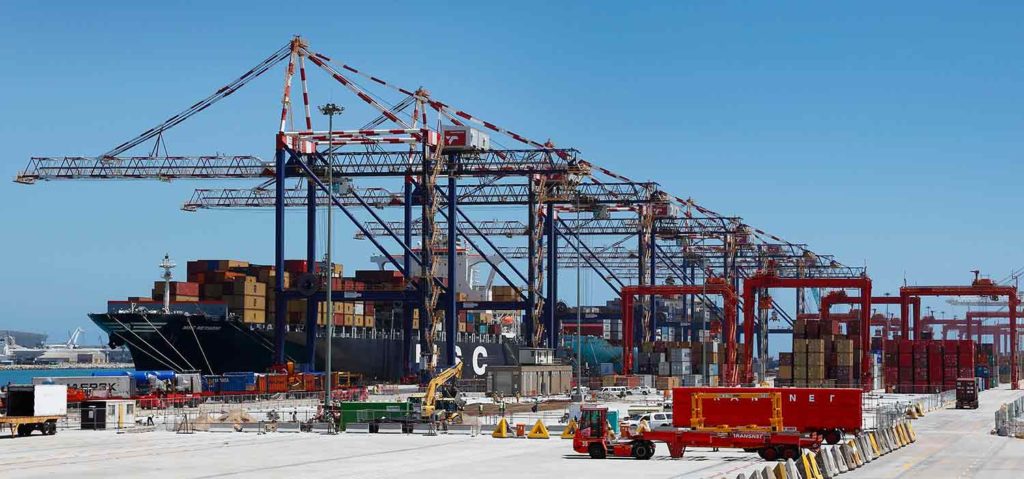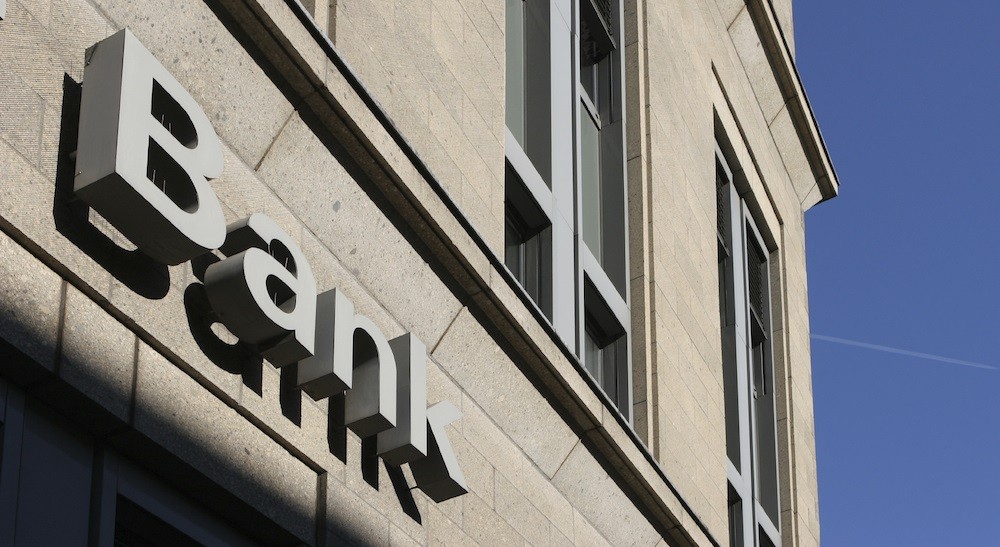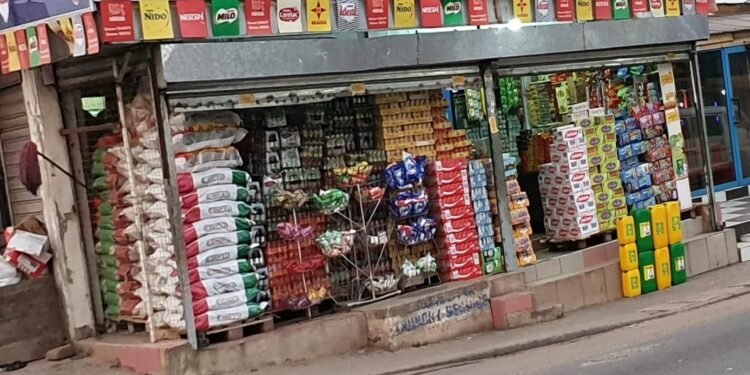The participation rate of banks in Africa in trade finance continues to decrease although it remains a popular activity, according to the African Development Bank (AfDB) and African Export-Import Bank (Afreximbank).
In a survey conducted on African banks, 71 percent of banks responded that they engaged in some form of trade finance activities by the end of 2019 as against 87 percent of banks in 2013, representing a decrease of approximately 16 percentage points.
The decline in banks’ participation could be due to a combination of increased competition, adoption of stricter Basel III regulatory requirements and new anti-moneylaundering standards that have reduced profit margins and increased operational costs, thereby making trade finance unprofitable for small banks.
“As economies move to implement new Basel III regulations and stringent anti–money laundering measures, banks have had to set aside more risk capital for foreign transactions, including for trade finance assets, as well as investing more in vetting new clients. In response, fewer banks now engage in trade finance activities and correspondent relationships”.
Several factors may influence banks’ participation in trade finance transactions. At the country level, access to foreign exchange liquidity, the level of GDP growth, competition, capital requirements and interest rates may impact banks’ ability and decision to participate in trade finance markets.
Also, other factors that can boost participation in trade finance include a bank receiving support from Development Finance Institutions (DFI) to promote trade; if the bank has majority foreign-ownership, and whether the bank has above average profit levels pegged at US$430 million.
“An average of 60% of banks that engaged in trade finance activities received some form of DFI support”.
For instance, AfDB has taken significant steps to help reduce the trade finance gap in the region. The efforts made in partnership with sister institutions may have “contributed in no small way to lowering the unmet demand from its peak of USD120 billion in 2011 to USD81 billion in 2019”.
However, this shows that the average size of unmet demand remains high at about US$ 91 billion and “only a third of African trade is intermediated by banks”.
With the approval of AfDB’s US$10 billion Covid-19 Rapid Response Facility (CRF), the Bank is providing up to USD1 billion in trade finance liquidity and risk mitigation support to local banks in all 54 eligible African member countries.

“In the coming years, Africa’s trade will experience new challenges and opportunities. The introduction of the new African Continental Free Trade Area (AfCFTA) is expected to eliminate significant barriers to intra-African trade and create a large market for firms across the region.
“At the same time, the ongoing global health crisis caused by Covid-19 is impacting global supply chains and the region’s trade with the rest of the world, while limiting the availability of dollar liquidity to support trade”.
The AfDB and Afreximbank has therefore asserted that, once the crisis recedes, the need for financing to reenergize the region’s trade will be higher and more urgent. As a result, there is a need to initiate concrete and urgent steps aimed at reducing the trade finance gap in Africa and also, addressing the challenges faced by the industry will be equally important.























